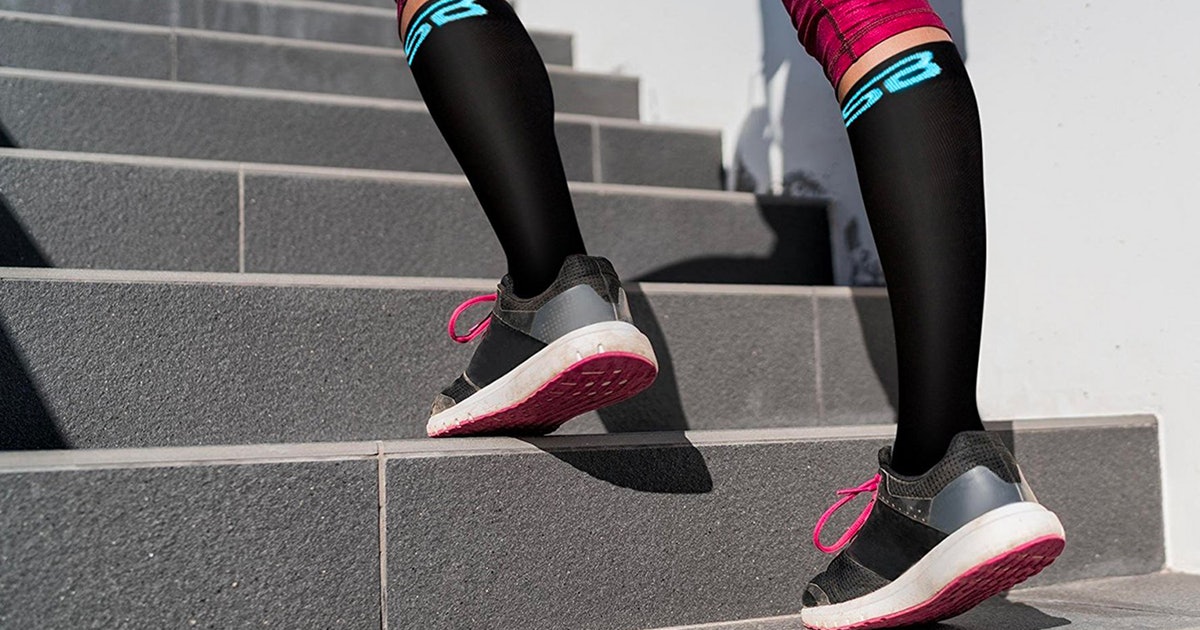Treatment Methods For Vasovagal Syncope
Vasovagal syncope, also called neurocardiogenic syncope, is a condition in which an individual faints because their body overreacts to specific triggers, like severe emotional distress or the sight of blood. When a patient with vasovagal syncope is exposed to the trigger, their blood pressure and heart rate suddenly drop. As a result, the blood flow to their brain also suddenly falls, and they faint.
While vasovagal syncope by itself is harmless, patients can hurt themselves when they faint. Fainting can also be a symptom of a severe brain or heart disorder, so patients should have their doctor examine them. If a patient feels like they are about to faint, they should lie down with their legs elevated to keep blood from flowing to their brain. If a patient can’t lie down, they should sit and put their head between their knees until they stop feeling like they may faint.
Foot Exercises

Individuals with severe vasovagal syncope also often have a condition called dysautonomia, which causes an imbalance in the autonomic nervous system. Exercise, in general, helps patients with dysautonomia because it helps stabilize their autonomic nervous system and thus reduces the number of fainting episodes. Patients should perform moderate aerobic exercise for thirty minutes at least three times a week. Exercise in the feet and lower legs is particularly important, as it will keep blood from accumulating down there and improve circulation back towards the heart.
The doctor may recommend specific foot exercises, and the patient should follow their instructions. The patient should also tense their legs when getting up to help push blood out of the lower body and back to the heart. Some patients have even been able to prevent themselves from fainting by tensing their muscles. Tensing the muscles is believed to reduce dilation of blood vessels and increase the amount of blood being sent back to the heart.
Wear Compression Socks

A patient with vasovagal syncope should wear compression socks to keep blood from accumulating in their legs while they are standing or exercising. It is best to put the socks on in the morning before the legs start to swell. Patients should not wear compression socks while sleeping.
There are many types of compression socks, and doctors can recommend the right strength and length for each patient Compression socks can range from knee-high to waist-high, and the longer ones prevent blood from pooling in more places. Modern compression socks come in many colors and patterns and thus, can look like regular socks. They can also be open-toed or close-toed. While most compression socks are now-latex free, individuals with latex allergies should check anyway.
